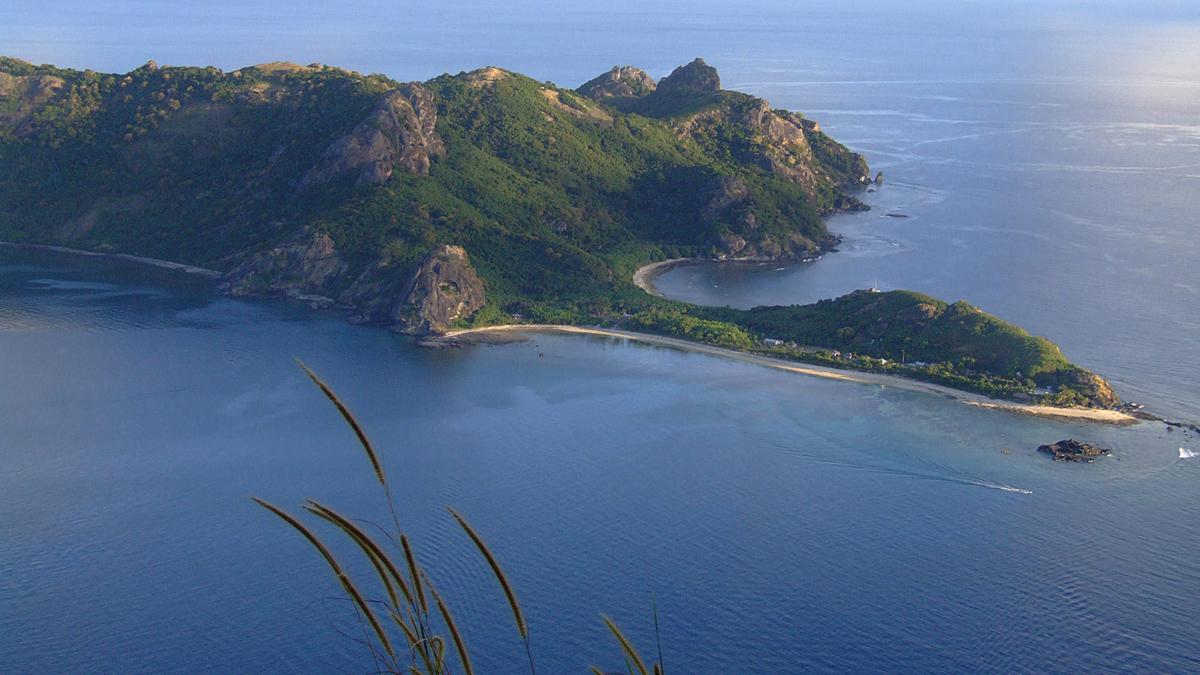Around 2,500 years ago, at the western end of the island of Kadavu in the southern part of Fiji, the ground shook, the ocean became agitated, and clouds of billowing smoke and ash poured into the sky. When the clouds cleared, the people saw a new mountain had formed, its shape resembling a mound of earth in which yams are grown. This gave the mountain its name – Nabukelevu, the giant yam mound. Scientists used to dismiss such stories as myths or legends, but new research shows that they are actually encoded memories of a volcanic eruption. These oral traditions, passed down over roughly 100 generations, serve as a local risk management system. The stories and legends provide insights into the events associated with the eruption, such as the creation of islands and the tsunamis it caused. Geologists today find it difficult to deduce such details of an ancient eruption, but they are readily available in the oral traditions. This research adds to the growing body of scientific knowledge about myths and legends, showing that many have a basis in fact and contribute to our understanding of human history.
A Dramatic Volcano Eruption Changed Lives in Fiji 2,500 Years Ago: 100 Generations Have Kept the Story Alive

-
Uncategorized









